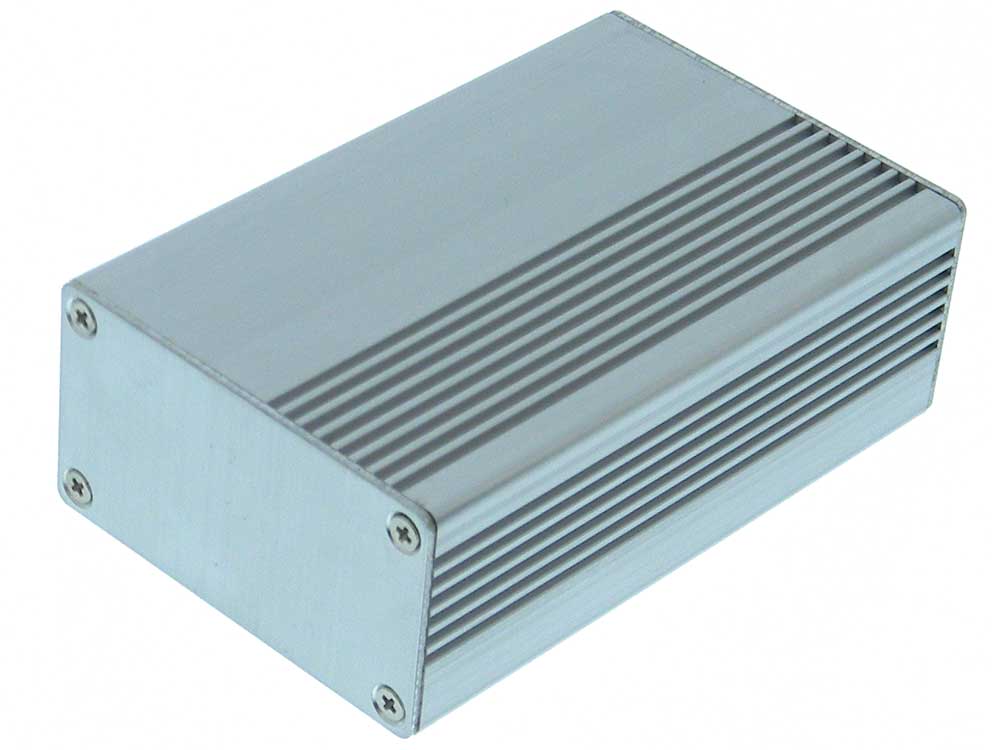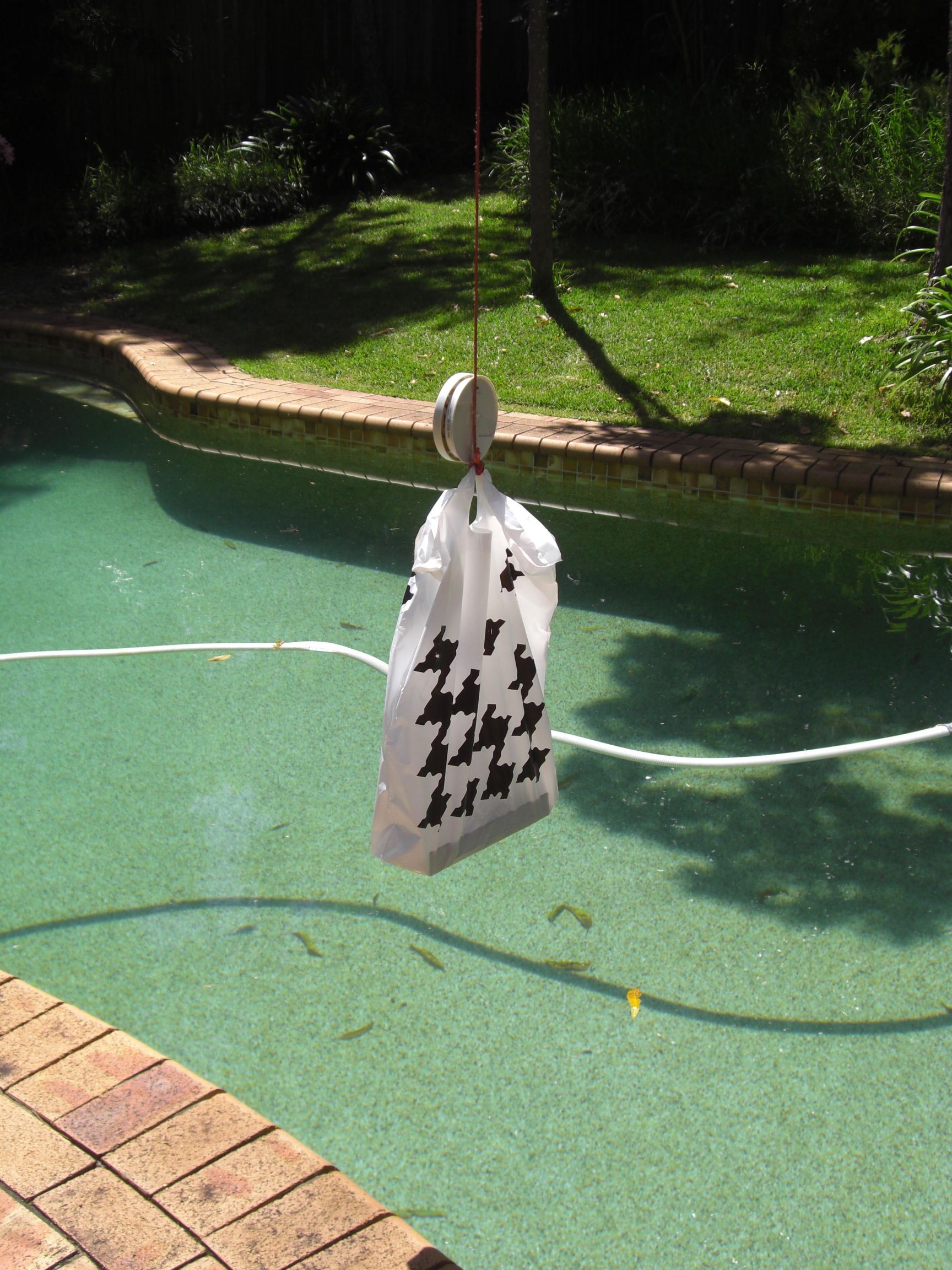I recently saw a bat-safe on hobbyking's website when revisiting the idea of using Lipos in 2021.
https://hobbyking.com/en_us/bat-safe-lipo-battery-charging-safe-box.html
Company video: [youtube]ZCLHDU_dOCA[/youtube]
It got me thinking about a post on ES that theorized that a sealed box with a carbon filter vent could be used to both limit the intake of oxygen ( necessary for a battery fire to get super intense ) and also filter the toxic smoke being emitted from the battery. This sounds like a super cool solution but i have never seen it tested.
I came across several inspiring battery box build videos i'd like to share.
[youtube]Rv_3vwSZmzA[/youtube]
[youtube]Ubc_Sub36E0[/youtube]
[youtube]CnNId0mDnBo[/youtube]
In the last video, we see that an ammo can with it's rubber seal removed performs the best. No flames are emitted, just lots of smoke. The downside is that the ammo box gets EXTREMELY hot. Therefore, you really need some kind of insulating material lining the ammo box. But even this subpar box performs well.
I suspect that a sealed ammo box with the right diameter/restriction carbon filter as well as an insulating lining would allow a 1kw-hr lipo battery to blow up without creating excess heat/smoke/flame. A box like this could save you from any serious property damage.. aside from your garage smelling like a meth lab.
The burning question.. ha ha.. is.. how could a box like this be made in a manner that is light so that it could be used as a permanent battery box on a bike. A small steel ammo can is 4lbs at the lightest, before any insulating material is added. The resulting box may weigh 7lbs.. and that's quite the weight penalty, considering 1kwhr of lipo weighs about 12lbs.
An aluminum box of equivalent size would likely come in at 2lbs.. so we're talking a 5lb box carrying 12lb of lipo.. which gives us slightly greater than lifepo4 energy density.
A better option to reduce the weight of these boxes is to split the battery into 4 individual units and use a thinner lining in each box.. each box would only need to handle 1/4th of the thermal intensity.. even if the boxes are the same weight.. you cut down on the damage a single pack can produce by 1/4th.

Anyone considered building such a box/boxes?
https://hobbyking.com/en_us/bat-safe-lipo-battery-charging-safe-box.html
Company video: [youtube]ZCLHDU_dOCA[/youtube]
It got me thinking about a post on ES that theorized that a sealed box with a carbon filter vent could be used to both limit the intake of oxygen ( necessary for a battery fire to get super intense ) and also filter the toxic smoke being emitted from the battery. This sounds like a super cool solution but i have never seen it tested.
I came across several inspiring battery box build videos i'd like to share.
[youtube]Rv_3vwSZmzA[/youtube]
[youtube]Ubc_Sub36E0[/youtube]
[youtube]CnNId0mDnBo[/youtube]
In the last video, we see that an ammo can with it's rubber seal removed performs the best. No flames are emitted, just lots of smoke. The downside is that the ammo box gets EXTREMELY hot. Therefore, you really need some kind of insulating material lining the ammo box. But even this subpar box performs well.
I suspect that a sealed ammo box with the right diameter/restriction carbon filter as well as an insulating lining would allow a 1kw-hr lipo battery to blow up without creating excess heat/smoke/flame. A box like this could save you from any serious property damage.. aside from your garage smelling like a meth lab.
The burning question.. ha ha.. is.. how could a box like this be made in a manner that is light so that it could be used as a permanent battery box on a bike. A small steel ammo can is 4lbs at the lightest, before any insulating material is added. The resulting box may weigh 7lbs.. and that's quite the weight penalty, considering 1kwhr of lipo weighs about 12lbs.
An aluminum box of equivalent size would likely come in at 2lbs.. so we're talking a 5lb box carrying 12lb of lipo.. which gives us slightly greater than lifepo4 energy density.
A better option to reduce the weight of these boxes is to split the battery into 4 individual units and use a thinner lining in each box.. each box would only need to handle 1/4th of the thermal intensity.. even if the boxes are the same weight.. you cut down on the damage a single pack can produce by 1/4th.

Anyone considered building such a box/boxes?


![2020-12-18 14_30_50-Web Development [Running] - Oracle VM VirtualBox _ 1.png 2020-12-18 14_30_50-Web Development [Running] - Oracle VM VirtualBox _ 1.png](https://endless-sphere.com/sphere/data/attachments/156/156329-cec745ee8695adbb13a8b006bd63433c.jpg)
